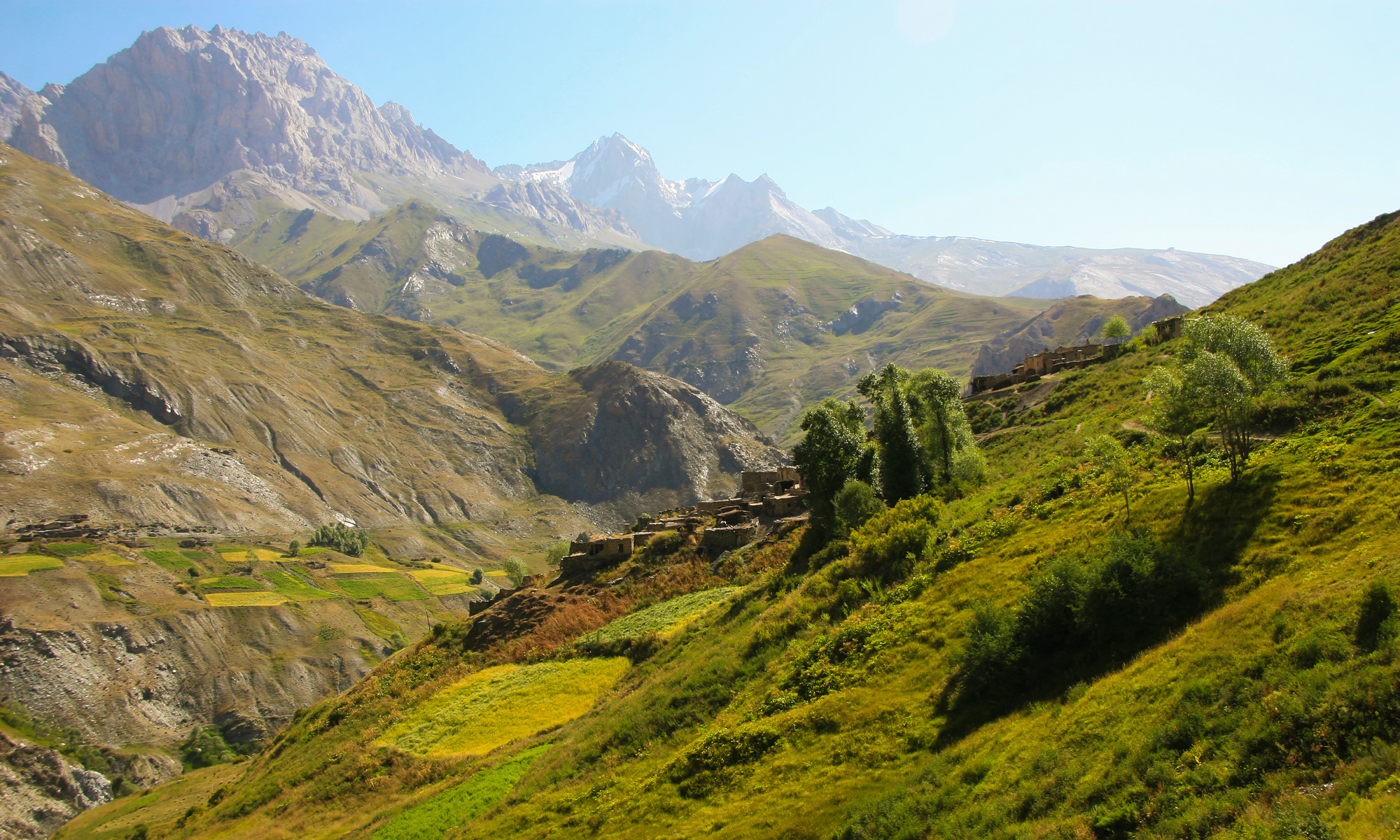In a valley carved by glaciers and guarded by mountains, stories don’t always come in long form. Sometimes they come as a sentence. A shrug. A saying passed from father to son, mother to daughter. In the Yaghnob Valley, proverbs are the poetry of everyday survival, carrying more than just clever words — they carry memory.
Whether advising on when to plant barley, whom to trust, or how to carry yourself in silence, these short expressions are a lifeline of ancestral thought. They are often humorous, sometimes fatalistic, but always layered with meaning.
Collected in Khromov’s linguistic fieldwork and echoed in daily speech, these Yaghnobi proverbs are more than old sayings — they are portable truths, shaped by centuries of highland life.
What Is a Yaghnobi Proverb?
A proverb (Yaghnobi: maqol, zarb-ul-masal) is a fixed expression or short sentence that delivers a moral, observation, or cultural rule — often through metaphor, exaggeration, or imagery.
In Yaghnobi, proverbs are:
-
Brief (often under 10 words)
-
Rhythmic or patterned (helpful for memory)
-
Sometimes metaphorical, sometimes blunt
-
Used in speech, not just recited for effect
They’re told with a certain tone — half-joking, half-serious, but never meaningless.
10 Proverbs from the Valley — and What They Really Mean
1. “Аспи бегона каҳ меронад.”
“Another’s horse eats your hay.”
Don’t trust those who use your tools — they cost you silently.
A warning against naive generosity — especially about borrowed tools, land, or livestock.
2. “Ҳарчӣ бурдӣ, бурдӣ; нонатро бурда бош.”
“Take whatever you want, but take your bread too.”
If you’re leaving, take care of yourself — don’t rely on others.
A gentle way of telling someone: don’t expect handouts.
3. “Шутурро фаромӯш кардӣ?”
“Did you forget the camel?”
You’ve forgotten something obvious — maybe on purpose.
Used sarcastically when someone ignores a big issue or obligation.
4. “Саги пиру занони пиру гапгӯ нест.”
“Old dogs and old women don’t lie.”
The elders know. Listen.
A respectful proverb recognizing age as truth — especially in storytelling or advice.
5. “Барф, ки мефарояд, ҳар кас пушташро нигоҳ мекунад.”
“When snow falls, everyone guards their own back.”
In hard times, people think only of themselves.
Subtle, cold, and honest — a reflection on survival ethics in harsh winters.
6. “Дев хӯрчазани додаст!”
“The demon gave the widow food!”
Even evil has moments of mercy.
Drawn from tale “The Demon and the Widow” — a proverb born of story.
7. “Мард гуфт, дигар гуфт.”
“A man said one thing, and then another.”
Words are slippery — judge by actions, not promises.
Used to point out contradiction, especially in politics or gossip.
8. “Дониш аз гуш аст, на аз чашм.”
“Knowledge comes from the ear, not the eye.”
You learn by listening, not watching.
A call for humility — a reminder that wisdom is oral, not visual or showy.
9. “Шер бе дум ҳам шер аст.”
“A lion without a tail is still a lion.”
Even with scars or loss, true worth doesn’t change.
A powerful proverb for resilience and self-worth, often said to someone recovering from hardship.
10. “Кӯҳҳо гап намезананд, лекин ҳама чизро медонанд.”
“Mountains don’t speak, but they know everything.”
The land watches. The land remembers.
One of the most poetic and haunting — a line that feels like it belongs on the valley’s stones themselves.
In Yaghnob, where literacy was once rare and books were few, language was preserved by speech, and speech was preserved by repetition.
Even today, when young Yaghnobis grow up with more Tajik or Russian in their mouths, these sayings carry something older — Sogdian roots wrapped in mountain dust.
If we lose the proverbs, we lose the wit, irony, and worldview of the valley. But if we say them again, explain them, and share them — we keep the voice alive.
